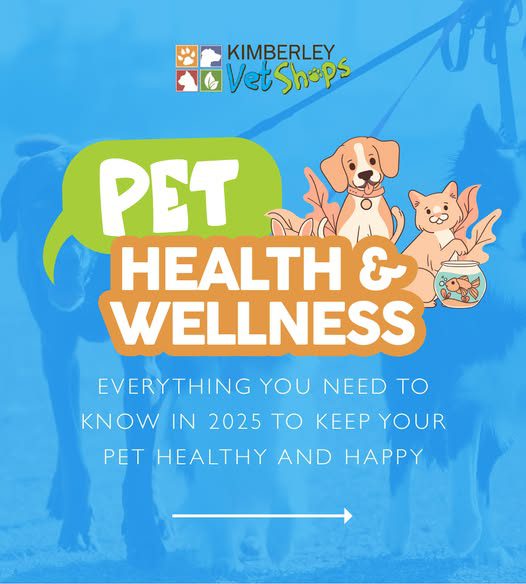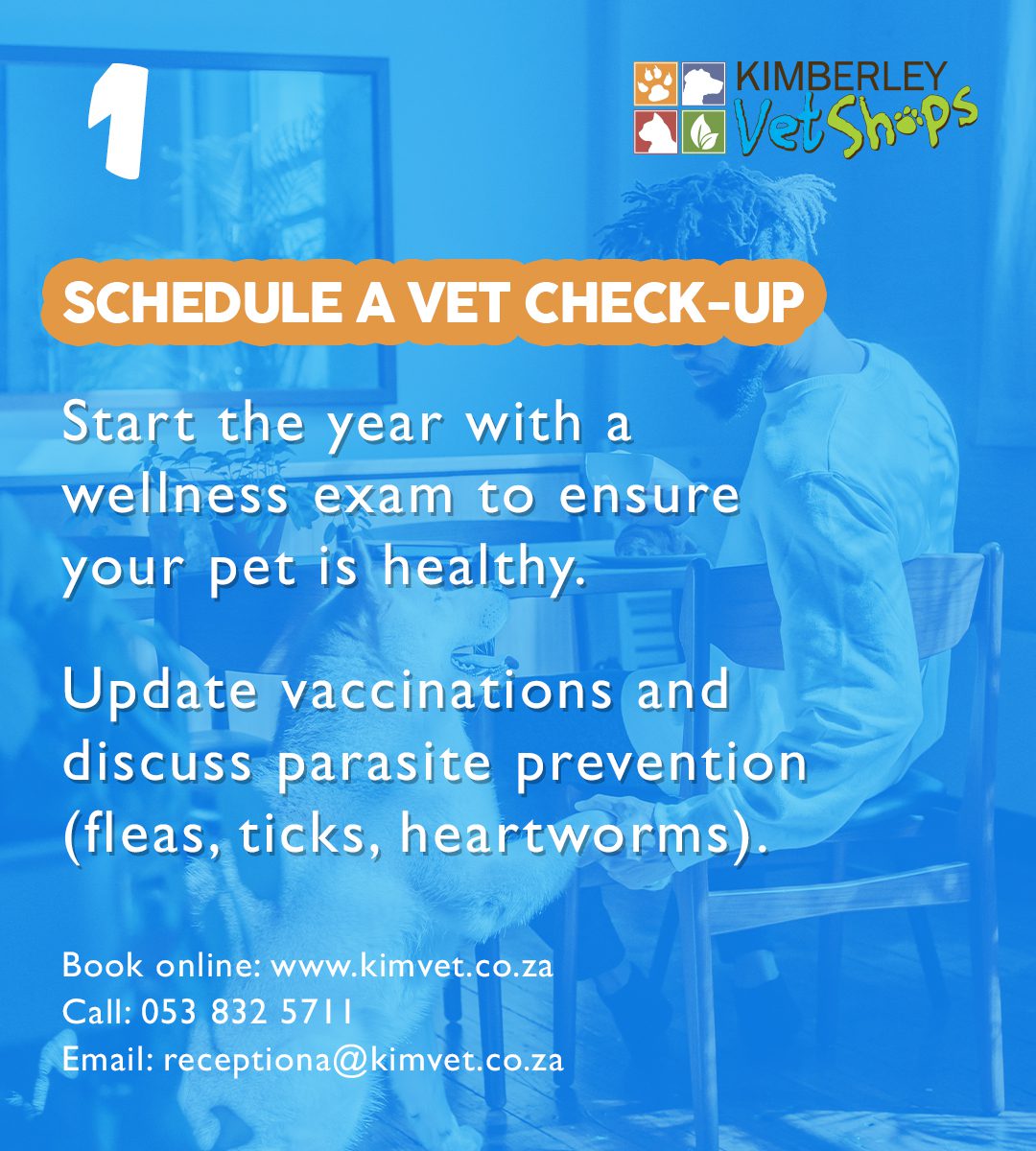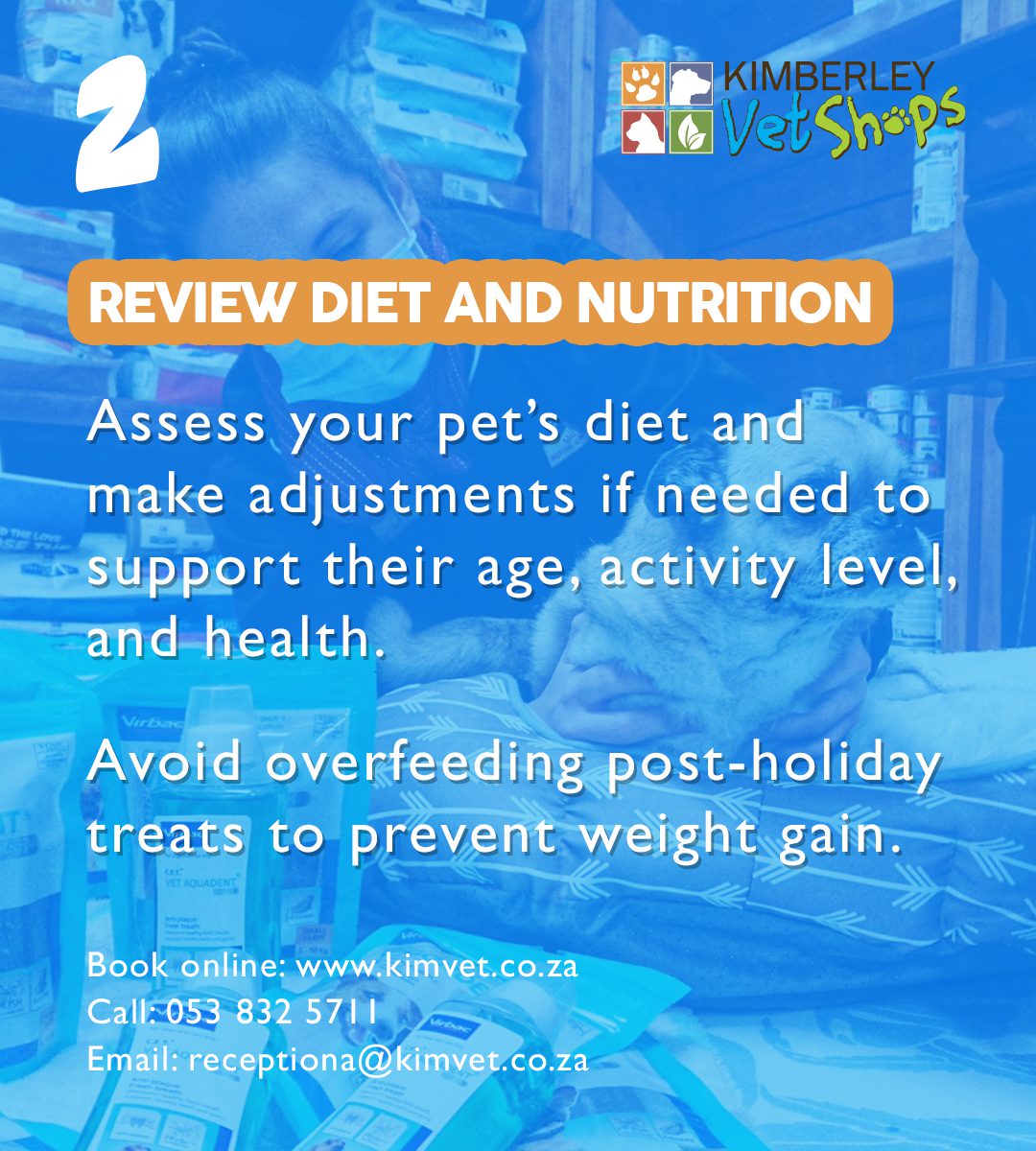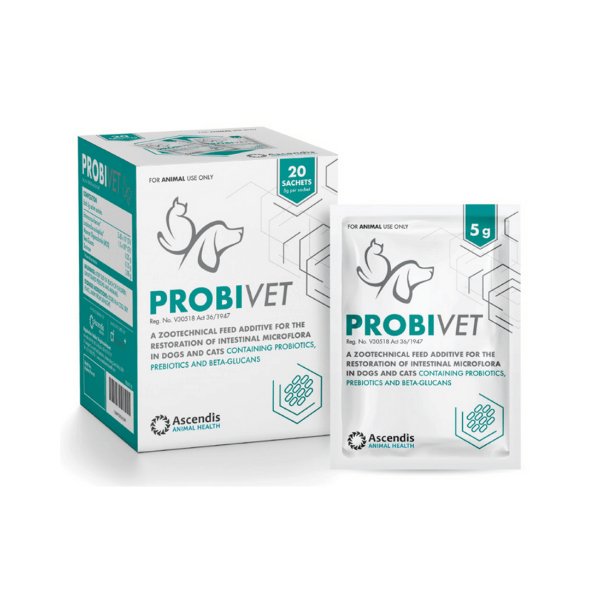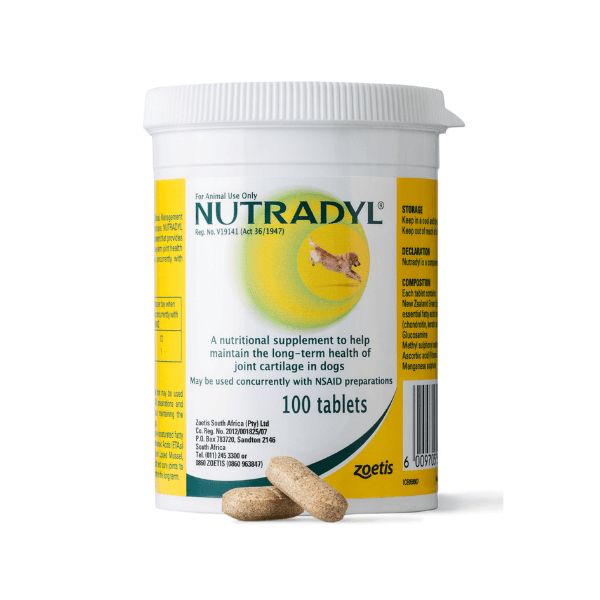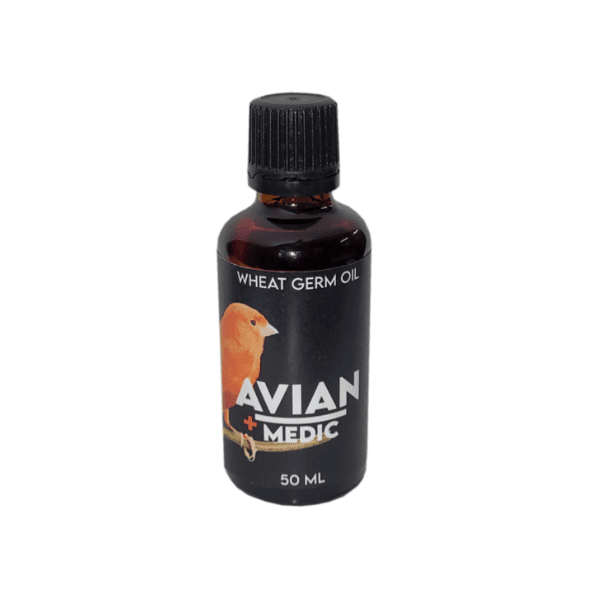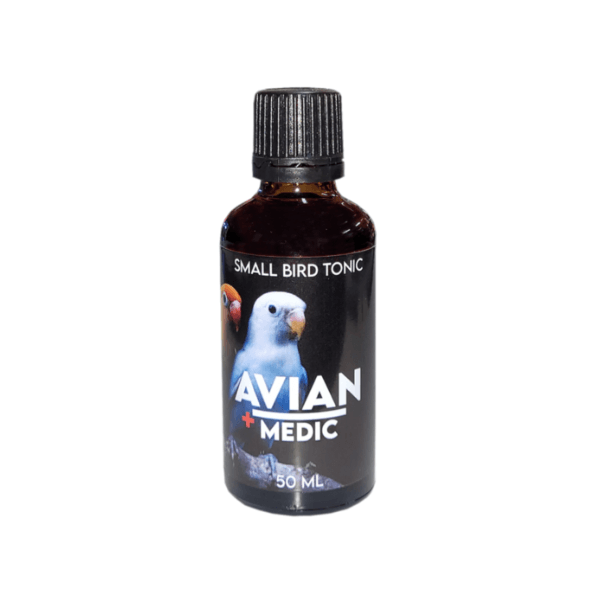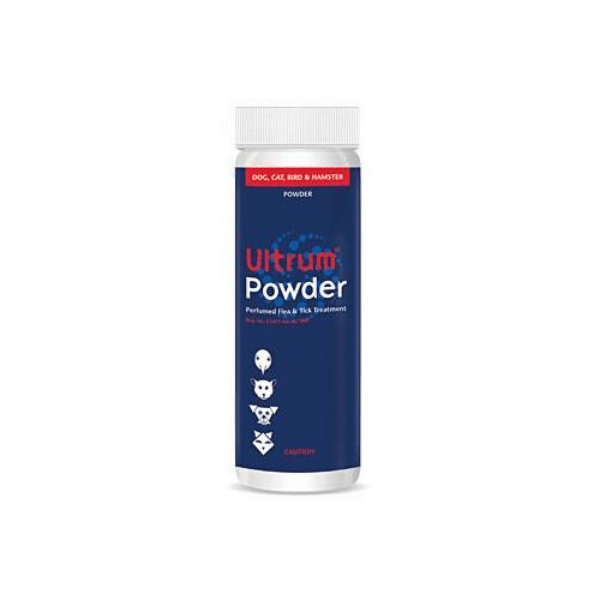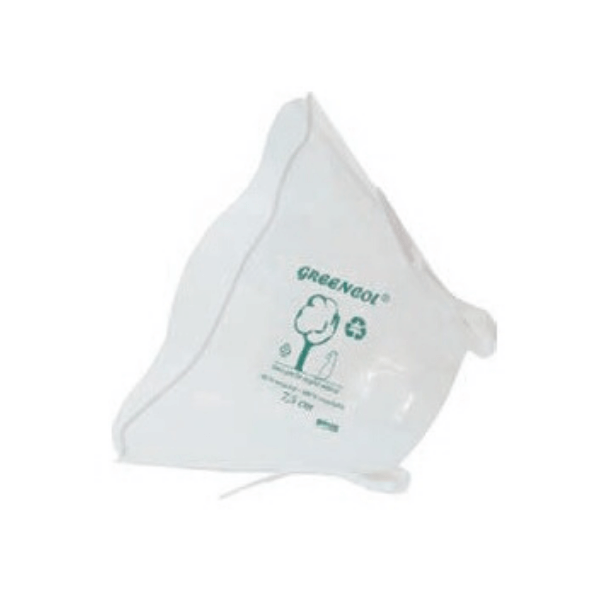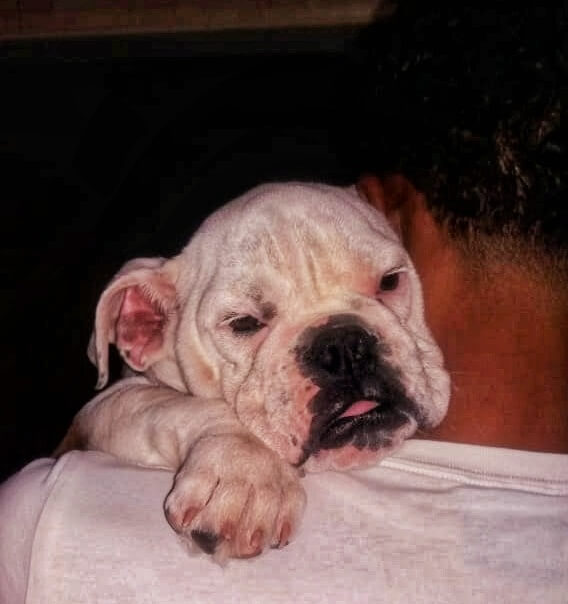
by Rina Van Eeden | Jul 18, 2022 | Dogs, Feel Good Stories, Patient of the Week, Vaccinations
This little bundle of joy is Sugar.
Baby Sugar is another survivor of one of the deadliest diseases among puppies all around the globe – Canine parvovirus.
What Is Canine Parvo Virus (CPV)?
Canine parvovirus, or Parvo, is a highly contagious viral disease in dogs. While mostly seen in puppies from the ages of 2 – 6 months that aren’t adequately vaccinated, we have seen quite a few older canines. One was as old as 11 years, that have fell victim to this awful virus, whether vaccinated or not.
Parvo causes severe diarrhoea, sometimes with blood, vomiting, severe dehydration, weakness and lethargy.
Once your pup has been infected with this virus, it takes a few days for it to make its way to where it wants to be, the fast dividing cells. This is primarily the gut and the bone marrow, but in very young puppies the virus can even affect the heart muscle!
The intestine is where parvo causes the most damage, destroying the epithelial layer of the gut and preventing new, healthy epithelia from forming. By preventing the replacement of the old and dying cells, the virus leaves the intestinal surface unable to adequately absorb nutrients, the gastrointestinal tract cannot prevent fluid loss, or prevent bacteria from moving from the gut into the body. This is why these puppies dehydrate so rapidly and acquire many secondary bacterial infections on top of the initial virus.
What Can I Do To Prevent CPV?
There is no cure for parvo. All we can do is treat the symptoms and manage any secondary infections. In hospital we rehydrate the patient, provide adequate feeding, mostly via feeding tubes and treat their severe nausea and diarrhoea.
Unfortunately, very few pups survive this ordeal unless admitted to hospital. And even then the odds aren’t always on our side.
The survival rates for in-house patients on drips and with intravenous medication is barely over 75 – 80%. If they are taken home for treatment, this number drops to well below 50%.
Preventing CPV:
The only way to properly fight this virus, is to vaccinate your pets. While vaccines may not completely prevent your dog from getting parvovirus, it does decrease the severity of clinical signs dramatically. This means that those one or two or three vaccinations you got for your pet is literally the difference between life and death.
Getting rid of parvo in the environment proves just as difficult as treating it.
This small virus is extremely hardy and can survive in your environment for months after exposure. In some cases even years. It survives through the harshest winters and thrives in the summertime. It is nearly impossible to get rid of it once it has been introduced onto your property. Parvo is transmitted via many different routes, including on clothing or shoes.
Sugar is one of the lucky ones. She was admitted to hospital for almost 2 weeks.
The standard vaccination protocol for puppies is as follows – They get their first vaccination at 6 weeks, their second at 9 weeks, their third at 12 weeks with their first rabies booster and then at 14 weeks they get their last puppy vaccination. Thereafter they need yearly boosters.
For more information on puppy vaccinations, see our blog: https://kimvet.co.za/canine-vaccinations/
The kindest thing you can do for your puppy is to protect them from harm. Vaccines save lives.
Like this:
Like Loading...

by Rina Van Eeden | May 12, 2020 | Cats, Vaccinations
It is very important to realise that by simply vaccinating your dog or your cat, you can lessen and, more importantly, to a great extent prevent incredible hardships your pet will endure when they acquire any one of these diseases.
The majority of these diseases are fatal in one way or another.
In South African, we vaccinate against the following diseases.
Feline Panleukopenia:
Feline panleukopenia is a highly contagious, often FATAL, viral disease of cats that is seen worldwide. Kittens are affected most severely. The causative parvovirus is very resistant.
Virus particles are abundant in all secretions and excretions during the acute phase of illness and can be shed in the faeces of survivors for as long as 6 weeks after recovery. Being highly resistant to inactivation, parvoviruses can be transported long distances via fomites (eg. shoes, clothing).
FPV infects and destroys actively dividing cells in bone marrow, lymphoid tissues, intestinal epithelium and, in very young animals, cerebellum and retina.
Feline Calicivirus:
Along with the rhinotracheitis virus, feline calicivirus (FCV) is responsible for most feline upper respiratory infections. Cats that go outside or spend time around other cats are at increased risk for exposure to FCV infection.
Feline upper airway infections are very common. They resemble the common cold in people and are characterized by clinical signs such as sneezing, wheezing and discharge from the eyes and nose. Along with the rhinotracheitis virus, feline calicivirus (FCV) is responsible for most feline upper respiratory infections.
Calicivirus is HIGHLY CONTAGIOUS among cats.
Feline Viral Rhinotracheitis:
The onset of feline viral rhinotracheitis is marked by fever, frequent sneezing, inflamed eyes (conjunctivitis), inflammation of the lining of the nose (rhinitis) and often salivation.
Excitement or movement may cause sneezing.
The fever may reach 40.5°C, but subsides and then may come and go.
Initially, the disease causes a clear discharge from the nose and eyes; it soon increases in amount and contains mucous. At this point, depression and loss of appetite become evident. Severely affected cats may develop mouth inflammation with sores, and inflammation of the cornea occurs in some cats.
The outlook is generally good except for young kittens and older cats. When the illness is prolonged, weight loss may be too severe.
Feline Chlamydophila:
Feline Chlamydophila (formerly known as Chlamydia) mainly causes conjunctivitis in the cat. Conjunctivitis may be defined as the inflammation of the delicate membranes or conjunctiva that cover the inner surface of the eyelids and over the white part of the eye (the sclera).
Infection is relatively common in cats, with up to 30% of cases of chronic conjunctivitis caused by this organism.
Although cats of all ages can be infected, disease is seen most commonly seen in young kittens (5 – 12 weeks old) with persistent or recurrent infection.
Infection therefore typically occurs through direct contact and disease is more commonly seen where large groups of cats are kept together, such as multi-cat households, breeding catteries and shelters.
Rabies:
Rabies is an acute, progressive viral encephalomyelitis (inflammation of the brain and spinal cord) that principally affects carnivores and bats, although any mammal can be affected. The disease is FATAL once clinical signs appear.
Rabies is found throughout the world. Globally, the DOG IS THE MOST IMPORTANT RESERVOIR, PARTICULARLY IN DEVELOPING COUNTRIES.
Wildlife plays an important role in the transmission of rabies in certain areas.
This virus is highly neurotropic, so it infects nerve cells.
Transmission almost always occurs via introduction of virus-laden saliva into tissues, usually by the bite of a rabid animal. Usually, saliva is infectious at the time clinical signs occur, but domestic dogs, cats and ferrets may shed virus for several days before onset of clinical signs.
This is an EXTREMELY DANGEROUS virus that can also infect HUMANS!
Kittens need to be vaccinated from 8 weeks of age. We follow a standard vaccination protocol.
8 Weeks – 4-in-1 Vaccine
12 Weeks – 4-in-1 Vaccine as well as first Rabies Vaccine
16 Weeks – Final kitten Rabies booster
There after they need yearly boosters for the rest of their lives.
We acknowledge that every pet is unique, therefore we do personalise vaccination protocols should it be deemed necessary for a certain pet.
Be sure to ask our staff more about vaccination protocols.
Did you know, dogs also need vaccinations! Find out more about that from our blog – https://kimvet.co.za/puppy-vaccinations/
For more information regarding important vaccinations for pets, please check out this website – https://www.petmd.com/cat/wellness/essential-cat-vaccinations
Like this:
Like Loading...

by Rina Van Eeden | May 12, 2020 | Dogs, Vaccinations
It is very important to realise that by simply vaccinating your dog or your cat, you can lessen and, more importantly, to a great extent prevent incredible hardships your pet will endure when they acquire any one of these diseases.
The majority of these diseases are fatal in one way or another.
In South African, we vaccinate against the following diseases.
Canine Parvovirus:
Canine Parvovirus is a virus infection that most commonly targets dogs less than one year of age. We are seeing this deadly virus more and more often.
The infection is characterized by loss of appetite, vomiting and diarrhoea and, in many cases, bloody diarrhoea.
Puppies with parvovirus usually present with lethargy, fever, increased pulse, but on occasion weak, increased/laboured breathing – which are all signs of shock.
IF LEFT UNTREATED FOR TOO LONG, THE MAJORITY OF DOGS WILL DIE.
Canine Distemper Virus:
Canine distemper is a HIGHLY CONTAGIOUS, systemic, viral disease of unvaccinated dogs seen worldwide.
The initial infection begins in the respiratory tract, so the lungs and trachea, it is then followed by infection of respiratory, gastrointestinal and renal system, as well as the central nervous system and optic nerves, then neurological symptoms ensue.
Other symptoms include nasal discharge, mucoid discharge from eyes, lethargy, and anorexia.
Neurological symptoms include localized involuntary muscle twitching, convulsions, including salivation and chewing movements of the jaw (chewing-gum fits). Head tilting, paralysis and seizures can also be seen.
Canine Parainfluenza Virus:
Canine Parainfluenza Virus (CPIV) is a highly contagious respiratory virus and is one of the most common pathogens of infectious tracheobronchitis, also known as “Kennel Cough”.
Although the respiratory signs may resemble those of canine influenza, they are unrelated viruses and require different vaccines for protection.
The Parainfluenza virus is excreted from the respiratory tract of infected animals for up to 2 weeks after infection and is usually transmitted through the air.
The virus spreads rapidly in kennels or shelters where large numbers of dogs are kept together.
The major Clinical Signs are as follows: Coughing (dry or moist), low-grade fever, nasal discharge, lethargy and loss of appetite.
Dogs are at risk of catching canine parainfluenza when placed in close proximity to an infected dog. Potential situations would be at boarding kennels, breeding kennels, re-homing shelters, pet daycare centres, dog parks and groomers.
Canine Adenovirus Type 2:
Canine adenovirus type 2 (CAV-2) is one of the causes of infectious tracheobronchitis, also known as “Kennel Cough”.
Adenoviruses are spread directly from dog to dog through infected respiratory secretions or by contact with contaminated faeces or urine.
Clinical Signs include a dry, hacking cough, retching, coughing up white foamy discharge, fever, nasal discharge and in some cases, conjunctivitis.
After CAV-2 has been transmitted to a dog, in some cases it can lead to pneumonia.
Infectious Canine Hepatitis:
Infectious canine hepatitis (ICH) is a condition that affects the liver and kidneys, causing inflammation of the organ tissue that in turn can lead to the development of liver disease, jaundice, disorientation and changes in personality and bleeding disorders.
ICH is highly unpleasant for your dog, is painful, and can make them quite sick and even, in some cases, prove FATAL.
Clinical signs vary from a slight fever to death. The mortality rate ranges from 10%–30% and is typically highest in very young dogs.
Rabies:
Rabies is an acute, progressive viral encephalomyelitis (inflammation of the brain and spinal cord) that principally affects carnivores and bats, although any mammal can be affected. The disease is FATAL once clinical signs appear.
Rabies is found throughout the world. Globally, the DOG IS THE MOST IMPORTANT RESERVOIR, PARTICULARLY IN DEVELOPING COUNTRIES.
Wildlife plays an important role in the transmission of rabies in certain areas.
This virus is highly neurotropic, so it infects nerve cells.
Transmission almost always occurs via introduction of virus-laden saliva into tissues, usually by the bite of a rabid animal. Usually, saliva is infectious at the time clinical signs occur, but domestic dogs, cats and ferrets may shed virus for several days before onset of clinical signs.
This is an EXTREMELY DANGEROUS virus that can also infect HUMANS!
Puppies need to be vaccinated from 6 weeks of age. We follow a standard vaccination protocol.
6 Weeks – 5-in-1 Vaccine
9 Weeks – 5-in-1 Vaccine
12 Weeks – 5-in-1 Vaccine as well as first Rabies Vaccine
16 Weeks – Final puppy Rabies booster
There after they need yearly boosters for the rest of their lives.
We acknowledge that every pet is unique, therefore we do personalise vaccination protocols should it be deemed necessary for a certain pet.
Be sure to ask our staff more about vaccination protocols.
Did you know, cats also need vaccinations! Find out more about that from our blog – https://kimvet.co.za/feline-vaccinations/
For more information regarding important vaccinations for pets, please check out this website – https://www.petmd.com/blogs/purelypuppy/lradosta/2012/feb/puppy_vaccinations-12491
Like this:
Like Loading...
